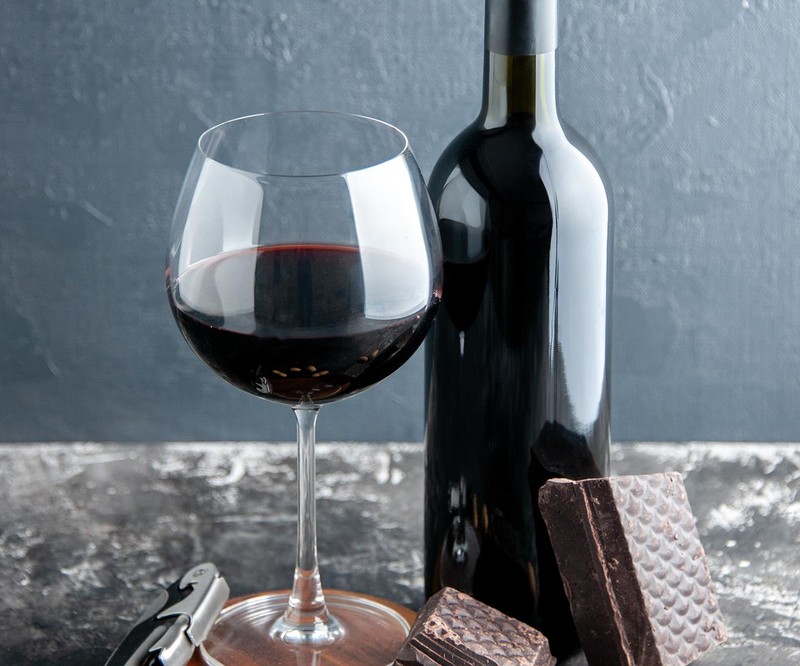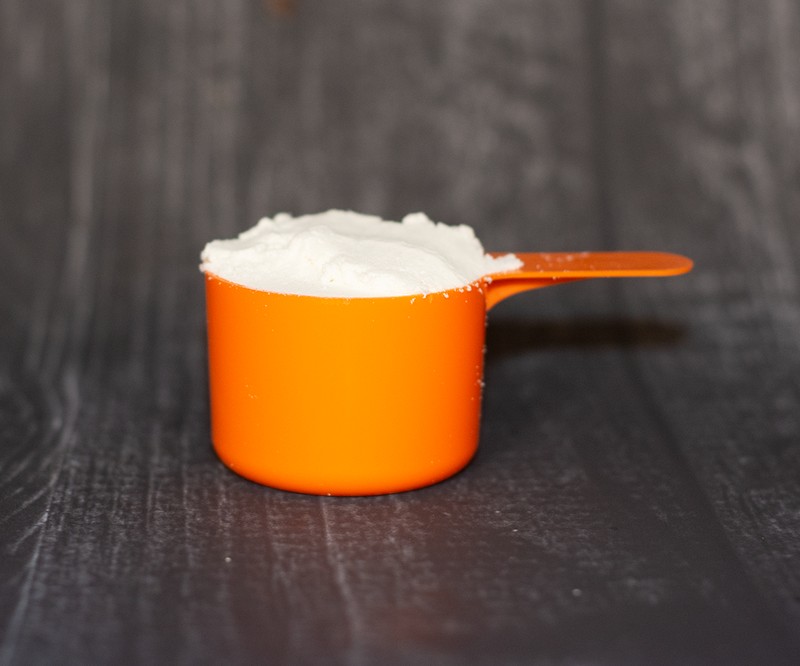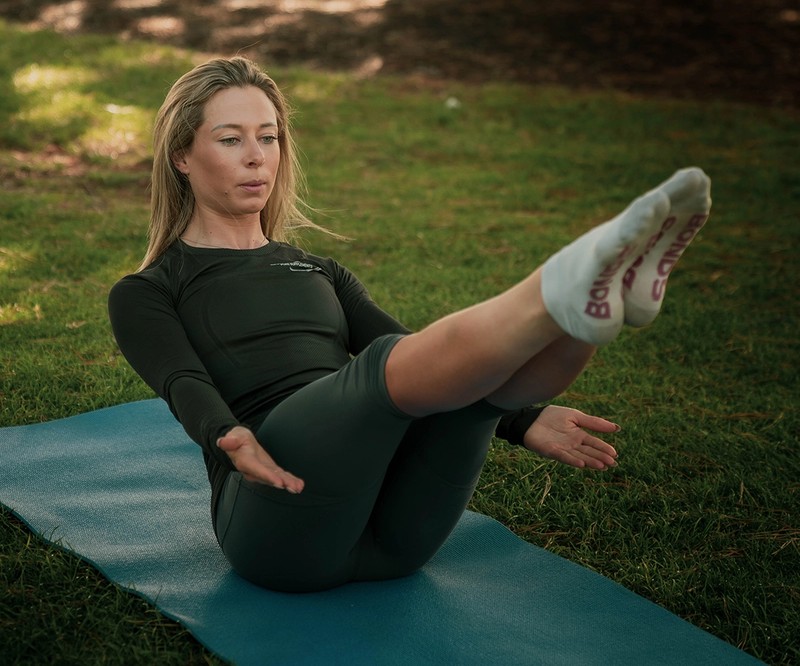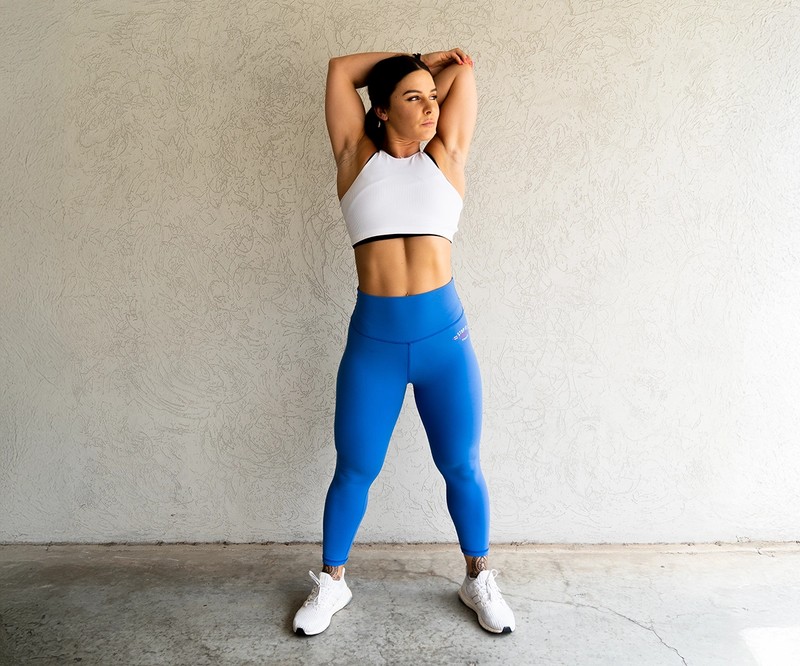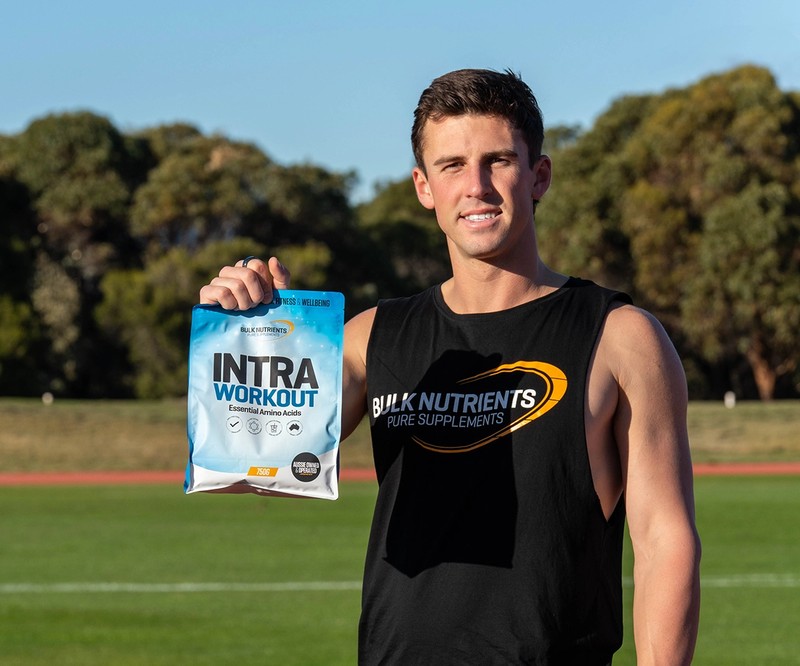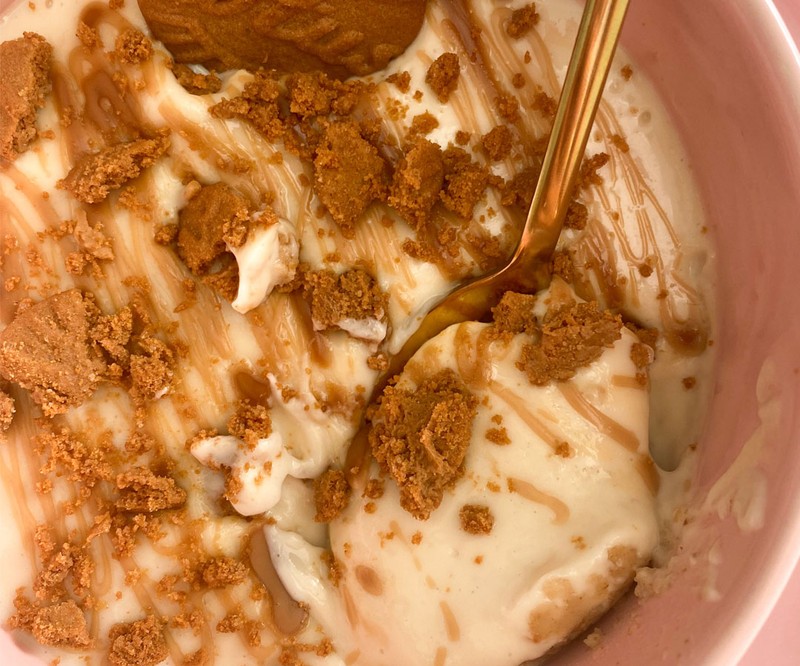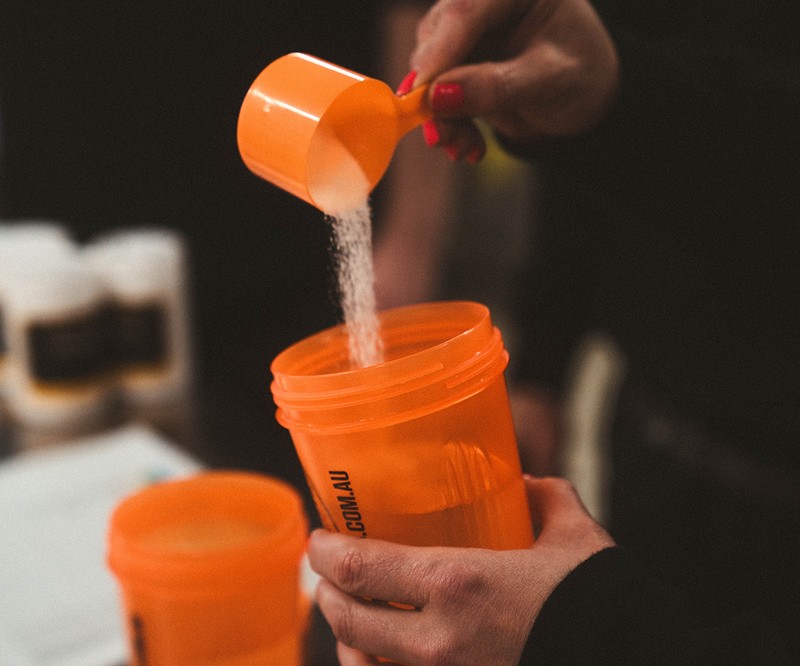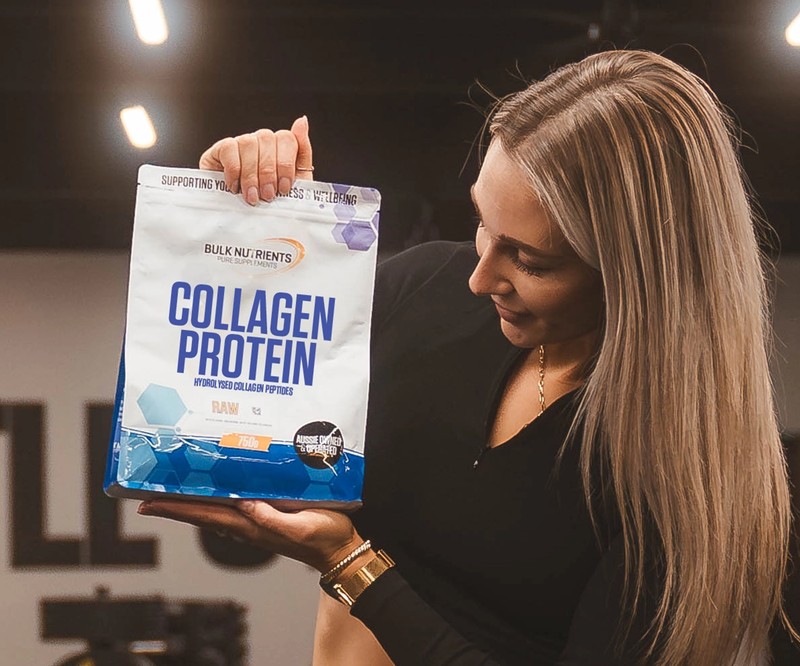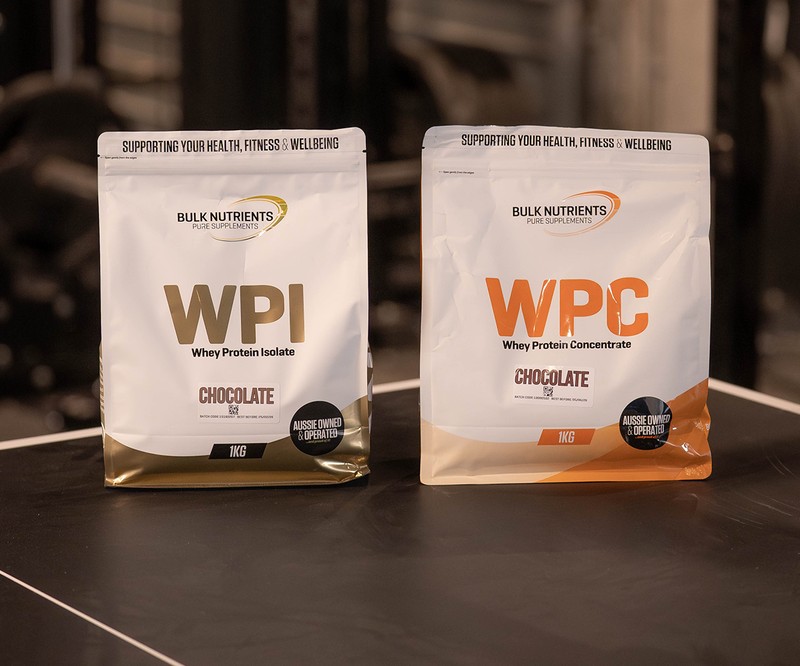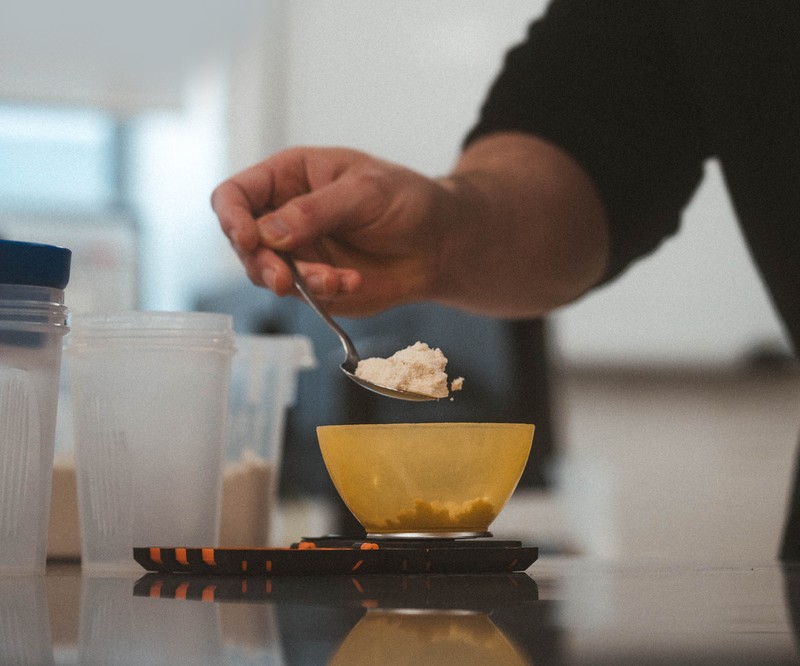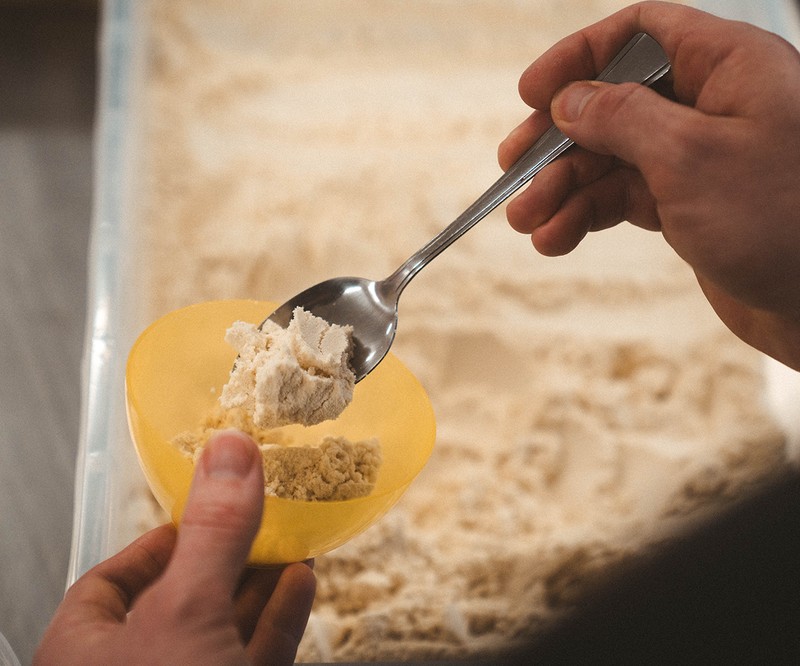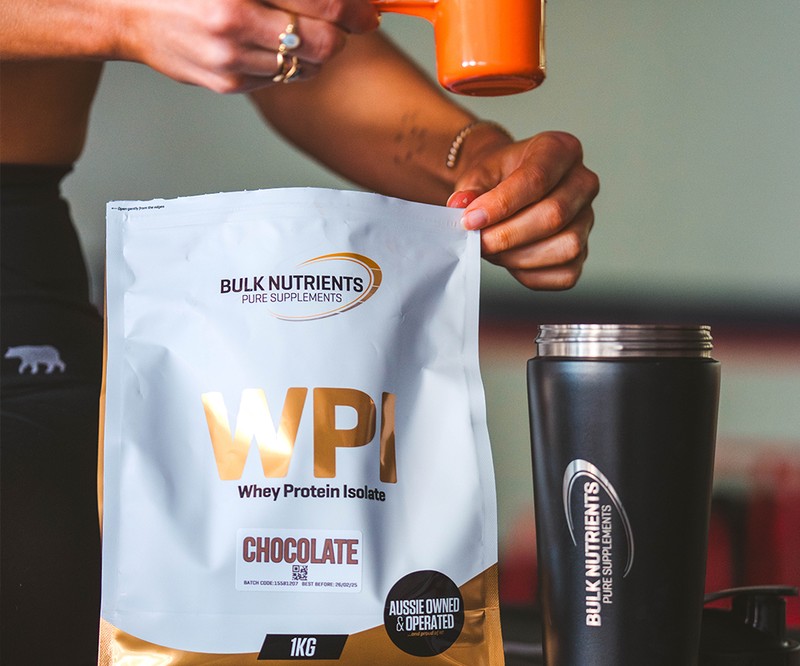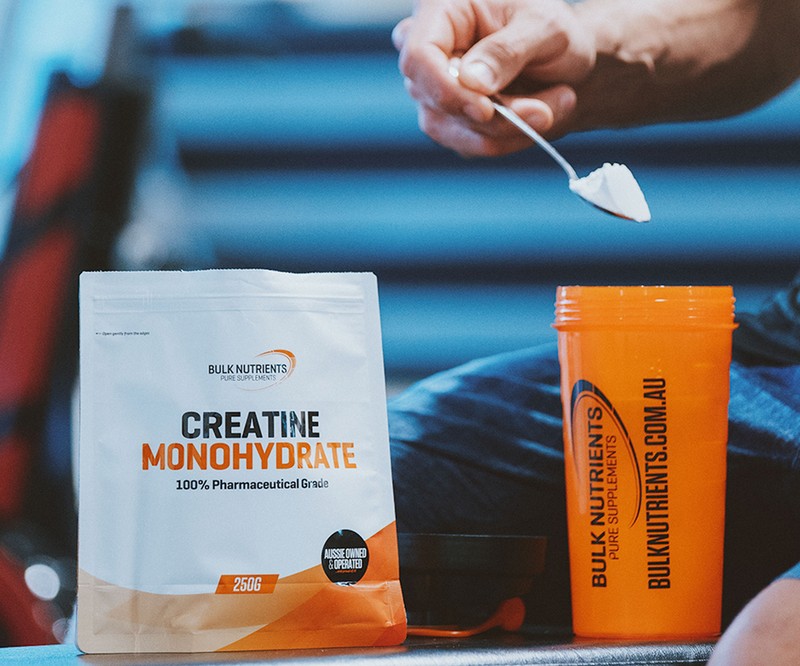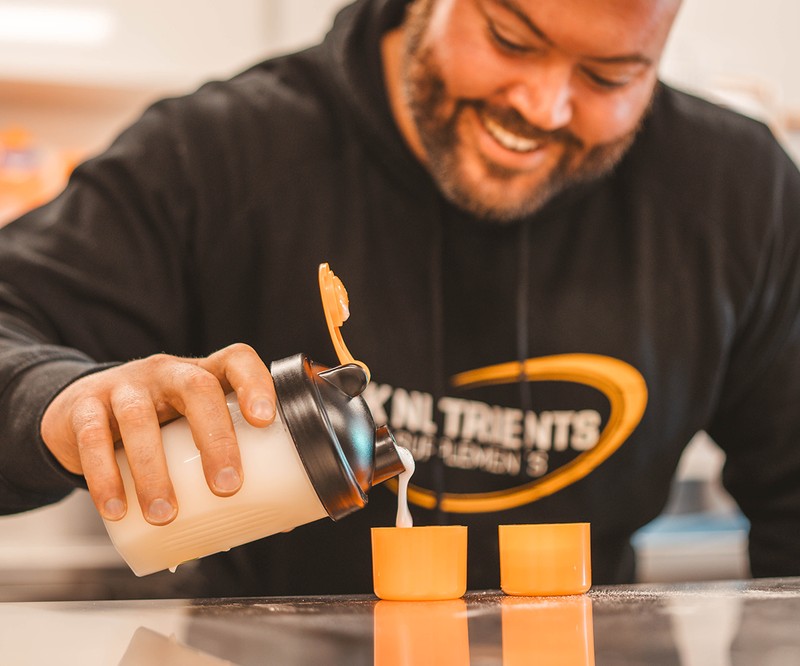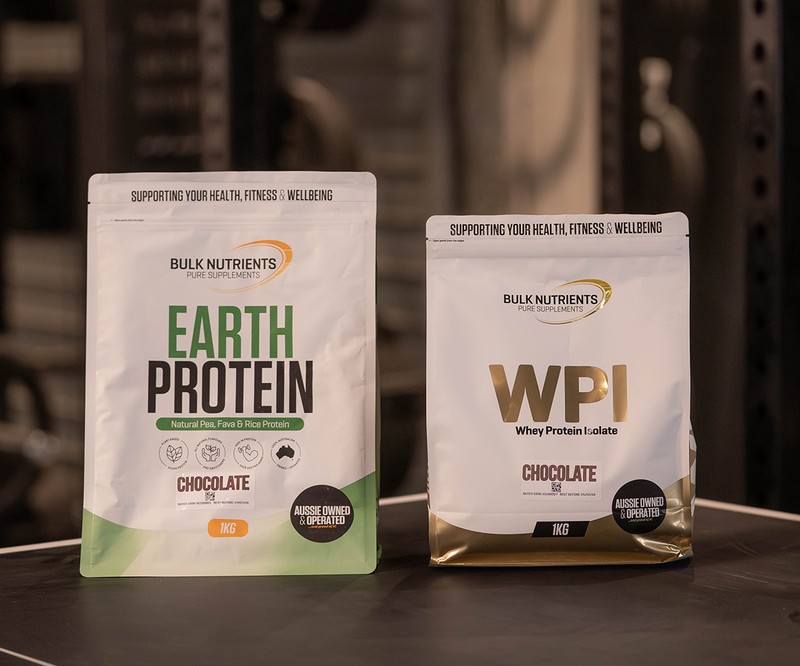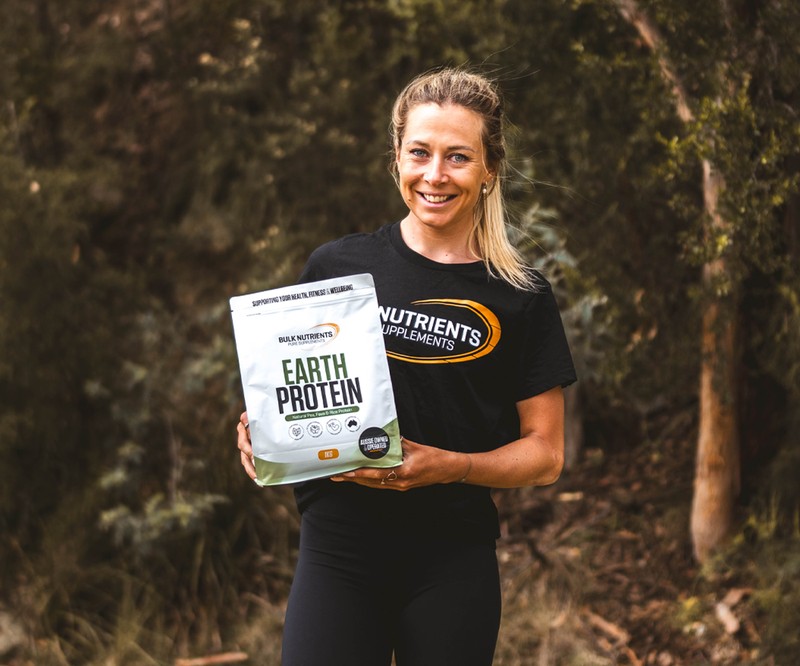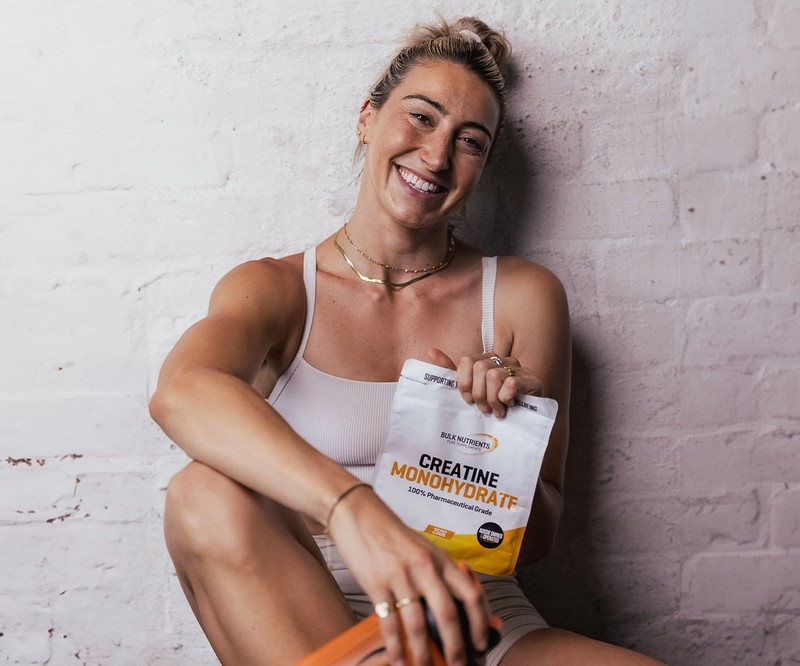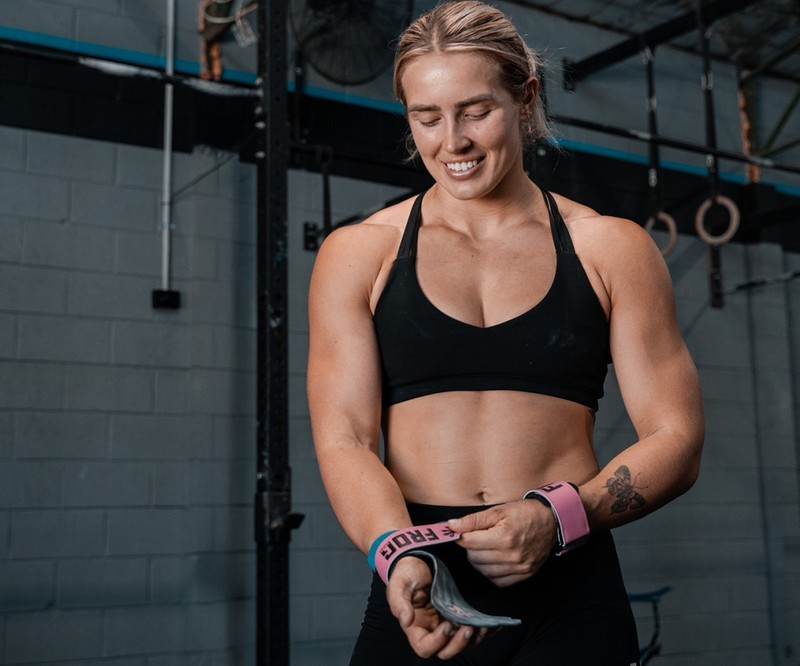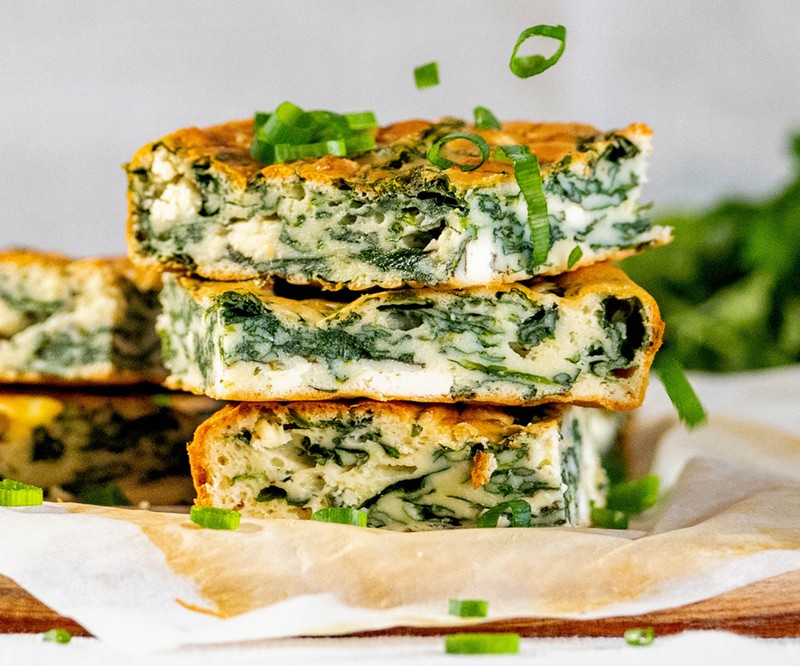Science: Why Women Crave Chocolate and Nothing Else Will Suffice
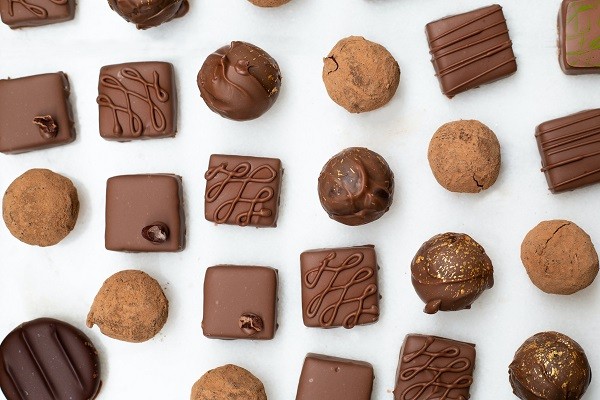
The menstrual cycle and weight loss
The four phases of the female menstrual cycle (which lasts an average of 28 days) are as follows:
- Days 1-4: Menstruation or early follicular phase
- Days 5-11: Late follicular phase
- Days 12-15: Periovulation
- Days 16-28: The Luteal phase
- Women want to EAT LESS: when ovulation begins, and plasma estrogen levels reach their upper limit
- Women want to EAT MORE: after ovulation when plasma progesterone is raised.
And when plasma progesterone rises, it occurs in the luteal phase, when women crave more calories.
But it's not just any old calories!
Women craving chocolate during the Luteal phase
Women tend to crave chocolate MORE during the luteal phase in comparison to any of the others, and can very easily consume far more calories during this time. Additional survey research also supports this; women crave chocolate more frequently than any other food during this period.
And this might be, because, during the luteal phase, women crave foods higher in carbohydrates AND fat.
But there may be more to it...
Research suggests it could be the sensations involved with chocolates:
- Texture
- Aroma
- Sweetness
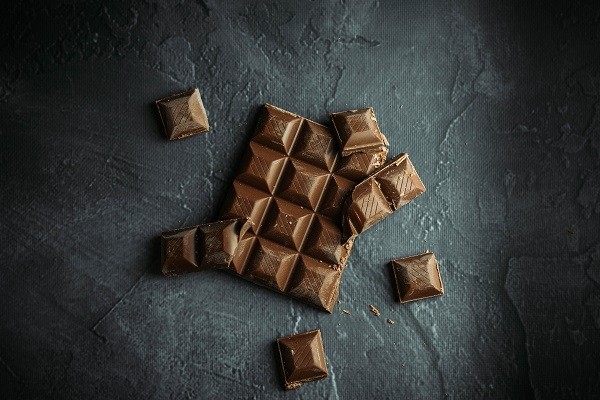
And here's where every woman on the planet has a big excuse to consume chocolate during the luteal phase:
There's no substitute that can satisfy a woman's chocolate craving!
Now obviously, when women consume more calories, they are more likely to cross over into a calorie surplus and thus gain weight. But we can account for this (which we'll get to in a moment).
But here's another excuse for women everywhere:
A ladies preferences for sweet treats AND smells are increased in the luteal phase!
So, we can say there is a totally legitimate scientific excuse for women craving chocolate, and doing so doesn't make them a failure!
Women have it harder than men (much harder!) when it comes to fat loss, and so women comparing themselves to other men (or other women at different stages of their cycle) is counterproductive and totally discouraged from us.
PMS and food cravings
PMS (premenstrual syndrome) obviously occurs during the luteal phase, right before day 1 of the menstrual cycle begins.
And PMS, on top of getting in the way of normal daily life and affecting relationships, has also been found to influence food cravings.
And the research is pretty clear:
- In this study of 313 women examined for PMS via a questionnaire, there was a larger amount of "episodes of eating" for women with PMS compared with those without it
- In this research, women with PMS dealt with more severe cravings than women without PMS symptoms.
Moreover, depression may play a role in food cravings, too.
In this study into 919 women, who experienced a consistent pattern of depression across three menstrual cycles; their food cravings always came along with their depression.
On these findings, the researchers state:
"It is possible that PMS and food craving share a common biochemical basis, in which giving in to cravings actually works to improve women's mood. However, this has not yet been established."
More research may be needed here, but for women to experience food cravings during PMS is not at all outside of the realms of normality.
Flexible dieting, chocolate cravings, and weight loss in women
This information means women can be prepared (and not disheartened) by the cravings that occur here.
It means that a flexible approach to dieting whereby chocolate is programmed into a daily diet plan (and macronutrient allowance), would be a smart strategy.
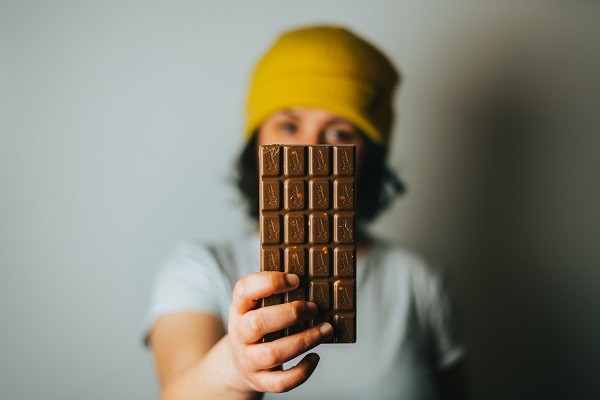
Given that women cannot have their chocolate (and sweetness cravings) cured with anything else but the real thing, it makes sense that this is allowed.
And science supports it, too. Research shows that 20% of daily calories from added sugars is the amount roughly that won't water down your diets concentration of essential micronutrients.
In other words, don't stress about getting all your vitamins and minerals as part of a balanced diet if you get 20% of your calories from foods that are not high in such.
The bottom line is women want to eat more calories in the luteal phase; after ovulation when plasma progesterone is raised. And they want to eat foods high in carbohydrates and fat, with a special craving for chocolate.
This is because their yearning for sweet smells and tastes are increased during the luteal phase, with chocolate boasting a special combination of texture, aroma, and sweetness, that seemingly cannot be replaced with anything else!
This means they are likely to eat more calories, and thus chocolate should be accounted for (and eaten!) when desired within the luteal phase, as part of a balanced weight loss diet.
References:
- Both-Orthman B, Rubinow DR, Hoban MC, Malley J, Grover GN . Menstrual cycle phase-related changes in appetite in patients with premenstrual syndrome and in control subjects. Am J Psychiatry 1988; 145: 628–631.
- Bowen DJ, Grunberg NE. Variations in food preference and consumption across the menstrual cycle. Physiol Behav. 1990 Feb;47(2):287-91. doi: 10.1016/0031-9384(90)90144-s. PMID: 2333344.
- Buffenstein R, Poppitt SD, McDevitt RM, Prentice AM. Food intake and the menstrual cycle: a retrospective analysis, with implications for appetite research. Physiol Behav. 1995 Dec;58(6):1067-77. doi: 10.1016/0031-9384(95)02003-9. PMID: 8623004.
- Cross GB, Marley J, Miles H, Willson K . Changes in nutrient intake during the menstrual cycle of overweight women with premenstrual syndrome. Br J Nutr 2001; 85: 475–482.
- Danker-Hopfe H, Roczen K, Lowenstein-Wagner U . Regulation of food intake during the menstrual cycle. Anthropol Anz 1995; 53: 231–238.
- Davidsen, L., Vistisen, B. & Astrup, A. Impact of the menstrual cycle on determinants of energy balance: a putative role in weight loss attempts. Int J Obes 31, 1777–1785 (2007). https://www.nature.com/articles/0803699
- Dye L, Blundell JE . Menstrual cycle and appetite control: implications for weight regulation. Hum Reprod 1997; 12: 1142–1151.Blaustein JD, Wade GN. Ovarian influences on the meal patterns of female rats. Physiol Behav. 1976 Aug;17(2):201-8. doi: 10.1016/0031-9384(76)90064-0. PMID: 1033580.
- Gibson SA. Dietary sugars intake and micronutrient adequacy: a systematic review of the evidence. Nutr Res Rev. 2007 Dec;20(2):121-31.
- Hashim MS, Obaideen AA, Jahrami HA, et al. Premenstrual Syndrome Is Associated with Dietary and Lifestyle Behaviors among University Students: A Cross-Sectional Study from Sharjah, UAE. Nutrients. 2019;11(8):1939. Published 2019 Aug 17. doi:10.3390/nu11081939.
- Hetherington MM, Macdiarmid JI . ‘Chocolate addiction’: a preliminary study of its description and its relationship to problem eating. Appetite 1993; 21: 233–246.
- Hill AJ, Heaton-Brown L . The experience of food craving: a prospective investigation in healthy women. J Psychosom Res 1994; 38: 801–814.
- Michener W, Rozin P . Pharmacological versus sensory factors in the satiation of chocolate craving. Physiol Behav 1994; 56: 419–422.
- Weingarten HP, Elston D . Food cravings in a college population. Appetite 1991; 17: 167–175.
- Wurtman JJ, Brzezinski A, Wurtman RJ, Laferrere B . Effect of nutrient intake on premenstrual depression. Am J Obstet Gynecol 1989; 161: 1228–1234.
